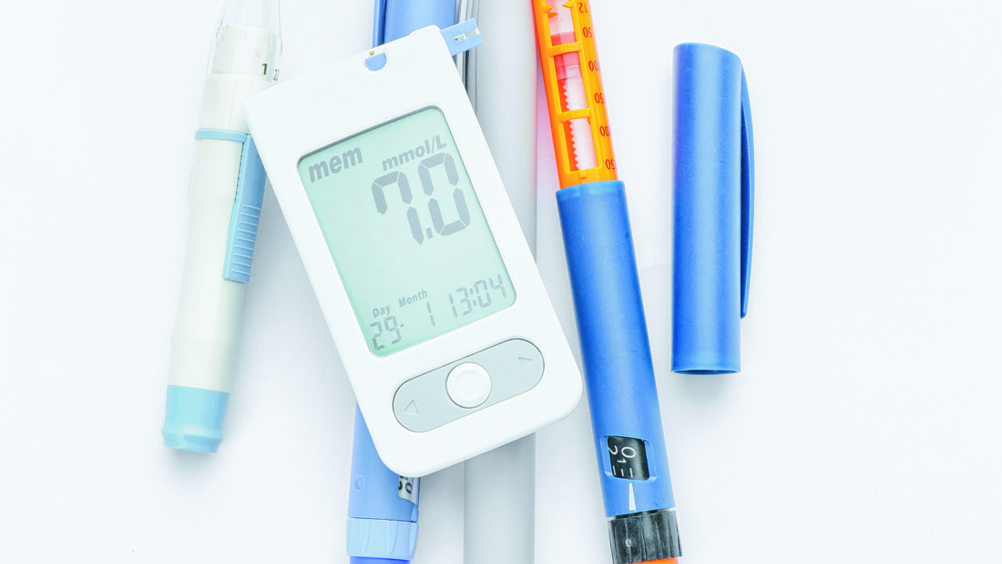References
Insulin for diabetes: 100 years of therapy

Abstract
This month is the 100th anniversary of insulin use in humans. Peter Jennings and Martha Stewart provide an overview of how this advancement improved care for people living with diabetes
January 2022 marks 100 years since insulin was first successfully used to treat diabetes in humans. Everyone with type 1 diabetes – except those who have received pancreas or islet-cell transplants – and more than half of people with type 2 diabetes use insulin to manage their diabetes. Instead of being seen as a death sentence, type 1 diabetes is now seen as a long-term condition that can be self-managed for people with access to insulin and glucose monitoring technology. However, many people living with diabetes around the world are still unable to access affordable insulin, technologies and the support needed to self-manage their diabetes.
On the 23 January 2022 we will celebrate the 100th anniversary of insulin successfully being used to treat diabetes in humans. This development marked a new era in the management of diabetes.
Before the discovery of insulin, the prognosis for people living with diabetes was very poor. People with diabetes followed various diets like the ‘meat diet’ that severely restricted carbohydrates or the ‘starvation diet’ that advocated total fasting. These diets had limited success in preventing deaths from ‘diabetic comas’, known today as diabetic ketoacidosis. Diabetic ketoacidosis is caused by extremely high glucose levels due to a lack of insulin (Schadewaldt, 1989).
In the last 100 years, insulin has become widely used to manage various forms of diabetes. Everyone with type 1 diabetes, except those who have received pancreas or islet-cell transplants, and more than half of people with type 2 diabetes use insulin to manage their diabetes (Gough and Narendran, 2017). For many people with access to insulin, being diagnosed with type 1 diabetes is no longer a death sentence. Instead, it is seen as a long-term condition that can be self-managed for people with access to insulin and glucose monitoring technology.
Register now to continue reading
Thank you for visiting Practice Nursing and reading some of our peer-reviewed resources for general practice nurses. To read more, please register today. You’ll enjoy the following great benefits:
What's included
-
Limited access to clinical or professional articles
-
New content and clinical newsletter updates each month

